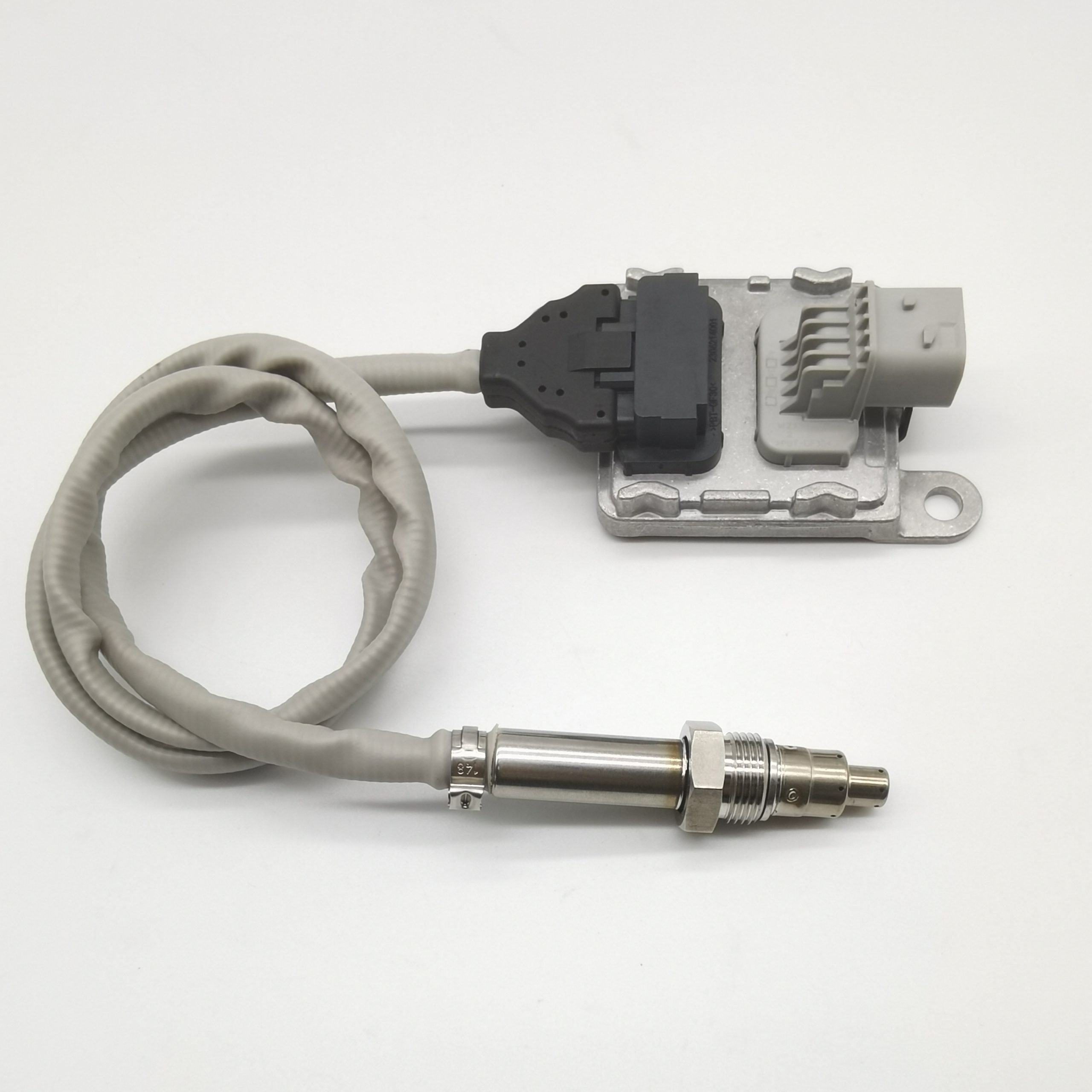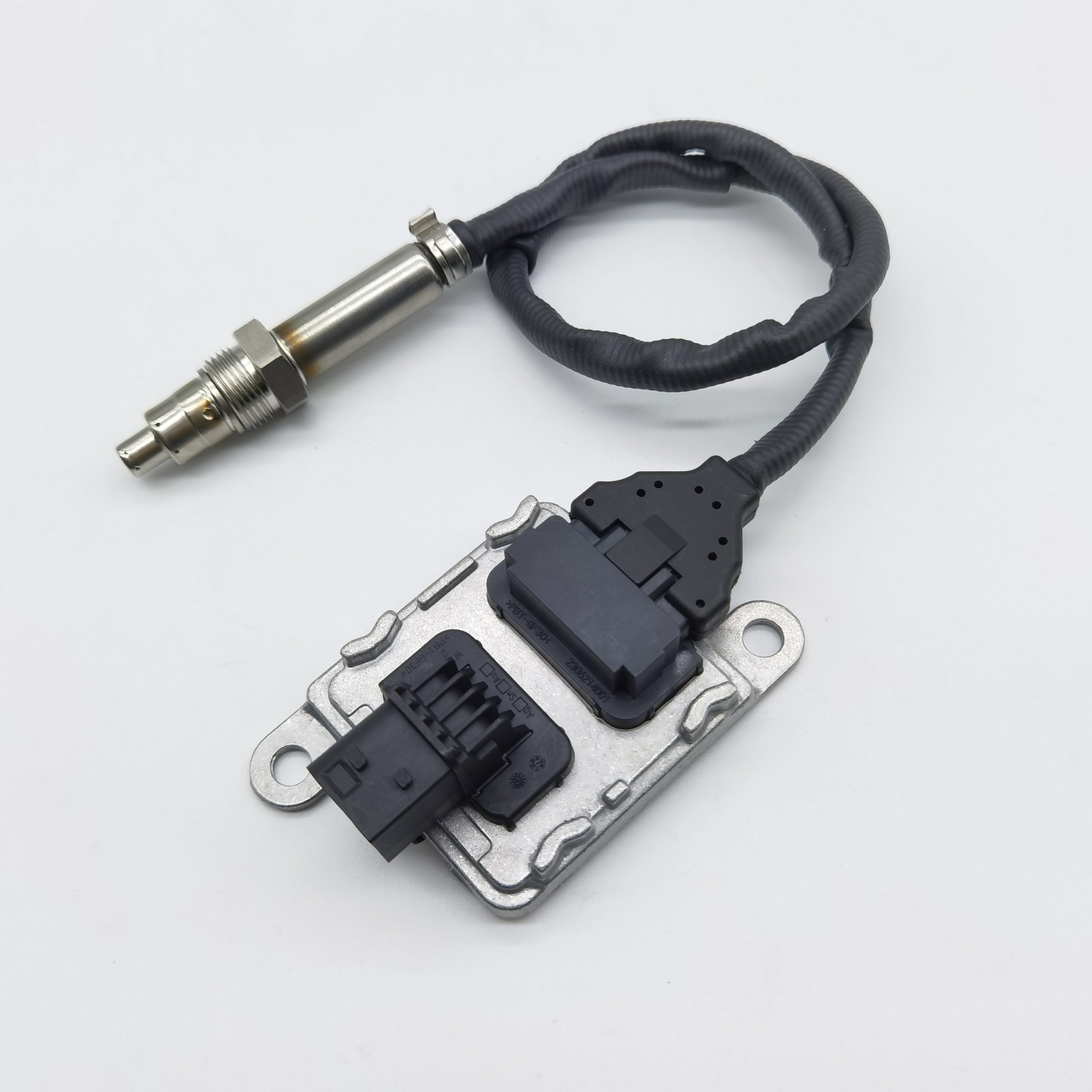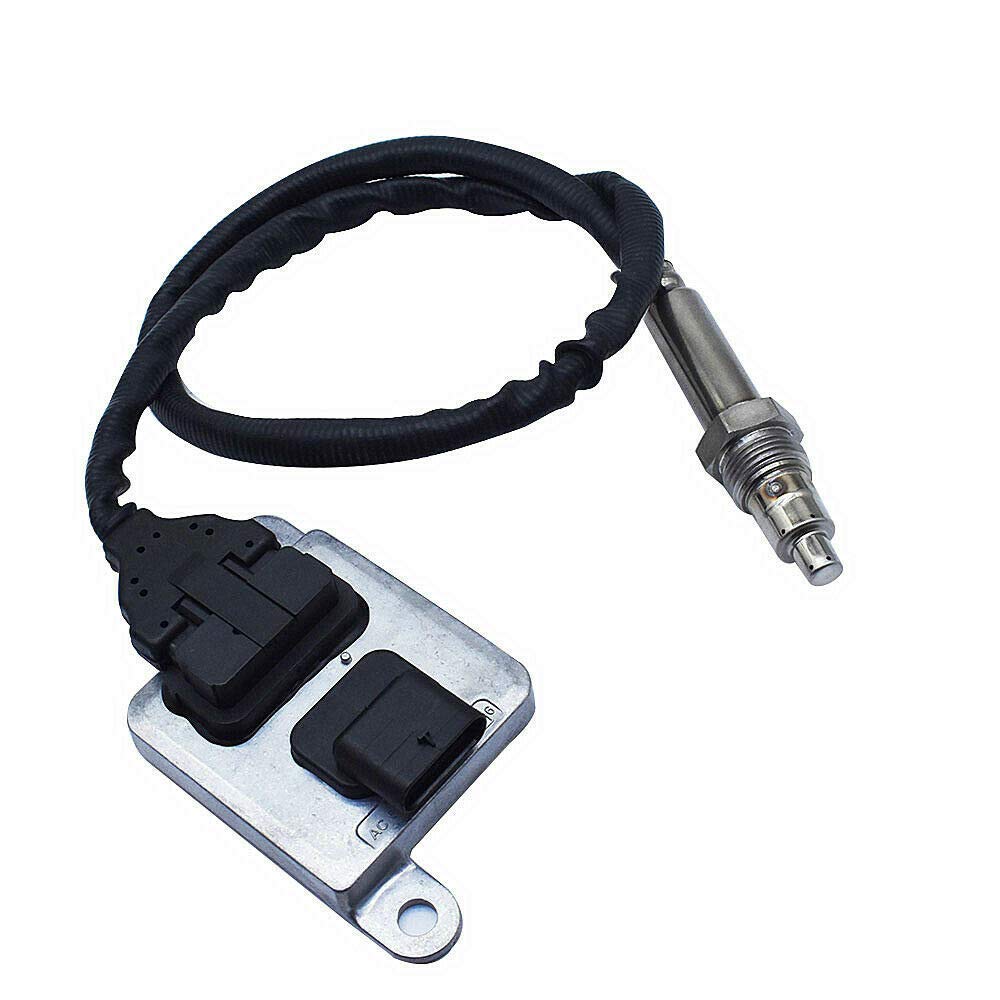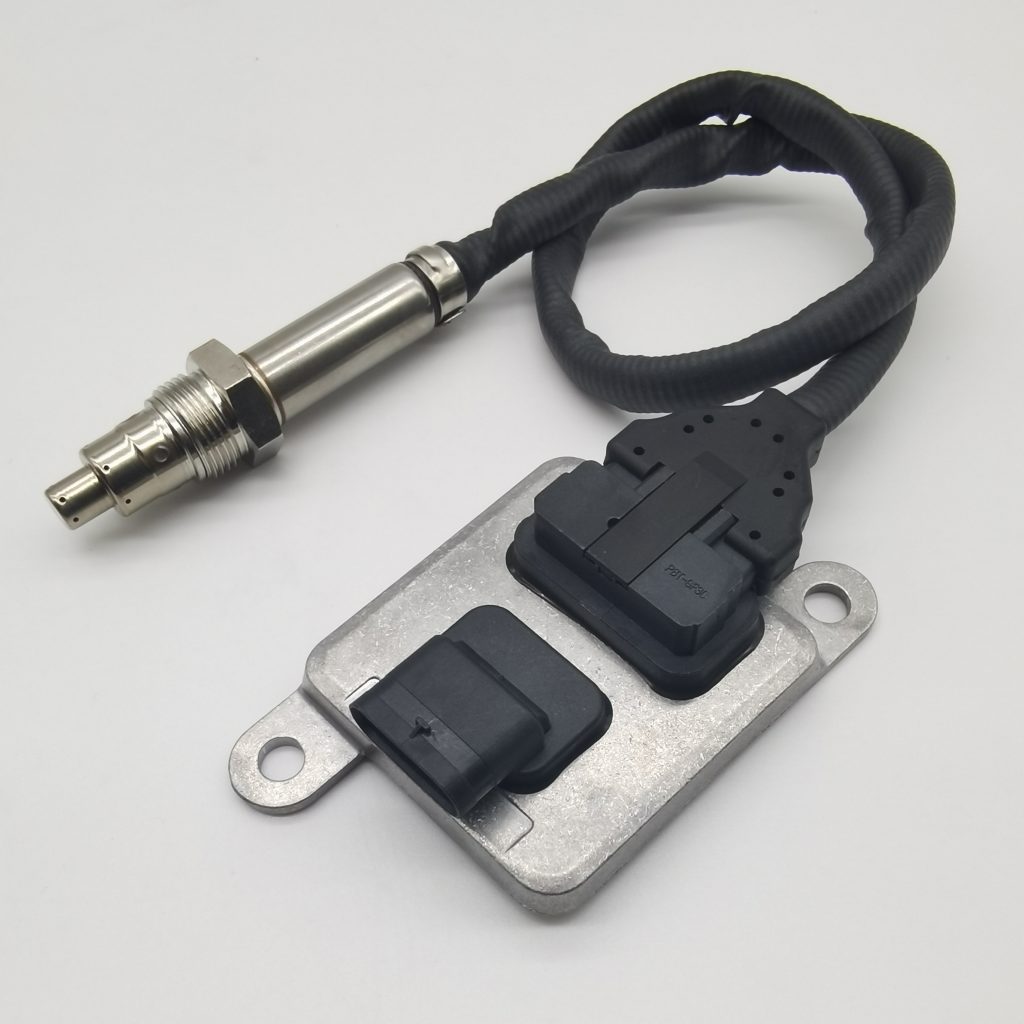Nox Sensors
What are Nox sensors?
An Oxides of Nitrogen sensor (Nox sensor) is a device designed to monitor the output of oxides of nitrogen within diesel engines, so they can adhere to emission regulations. Nox sensors are part of the Nox reduction system installed inside diesel vehicles, measuring the amount of nitrogen oxide being emitted from the engine.
How does a Nox sensor work?
The Nox sensor feeds into the selective catalytic reduction (SCR) system, which alters the chemical makeup of harmful emissions to reduce the amount of Nox going out.
The sensor is installed in the exhaust gas system.It monitors the flow of exhaust emissions to detect the amount of nitrogen oxides passing through. The sensor is composed of a Nernst cell with current flowing through, which corrects the air/fuel ratio to λ=1, and a second cell (usually ceramic with a layer of rhodium), which breaks down the nitrogen oxides into nitrogen and oxygen. The Nox controller – usually positioned close to the Nox sensor – calculates the level of oxides of nitrogen present in the exhaust gas and sends the data to the SCR controller.
The SCR controller acts accordingly – adjusting the amount of diesel exhaust fluid injected into SCR catalyst and which turns excess Nox into water and nitrogen – much safer for the environment.
Hot selling Nox sensors

Nox Sensor 7339

Nox Sensor 7338

Nox Sensor 6682

Nox Sensor 6681E
Why are Nox sensors important?
Nox sensors are an important part of a vehicle’s engine, both for performance and environmental reasons.If the Nox sensor stops functioning properly, it may send a warning to the onboard computer, causing it to trigger ‘Limp Home Mode’ – in which case you should be able to detect what went wrong using the OBD system.
They are also important in the ongoing drive for cleaner vehicles – helping to reduce the amount of harmful oxides of nitrogen being released into the air.Environmental regulations in force around the world are focusing more closely on reducing Nox emissions.According to a government report, emissions from transport on the UK’s roads fell 69% between 2005 and 2021 since newer vehicles performed better to reduce harmful emissions.
Current EU regulations called the Euro 6 stipulates a limit of 80mg/km Nox emissions from new diesel passenger vehicles. That’s down from 180mg/km when Euro 5 was introduced.Therefore, having oxides of nitrogen sensors in cars is an essential contribution to meeting these minimum guidelines – and a step towards reducing them even further in future.
What should you do if a sensor is faulty?
If the OBD system shows an issue with the nitrogen oxide sensor, there are two potential courses of action.
1.Repair the sensor. In case the part is defective, it may be possible to repair the sensor.
2.Replace the sensor. If cleaning does not work and you are unable to fix the fault, a full replacement may be needed.
To ensure a vehicle is running at its highest potential, a Nox sensor replacement would be the recommended course of action – giving a vehicle a new lease of life.
Applications




